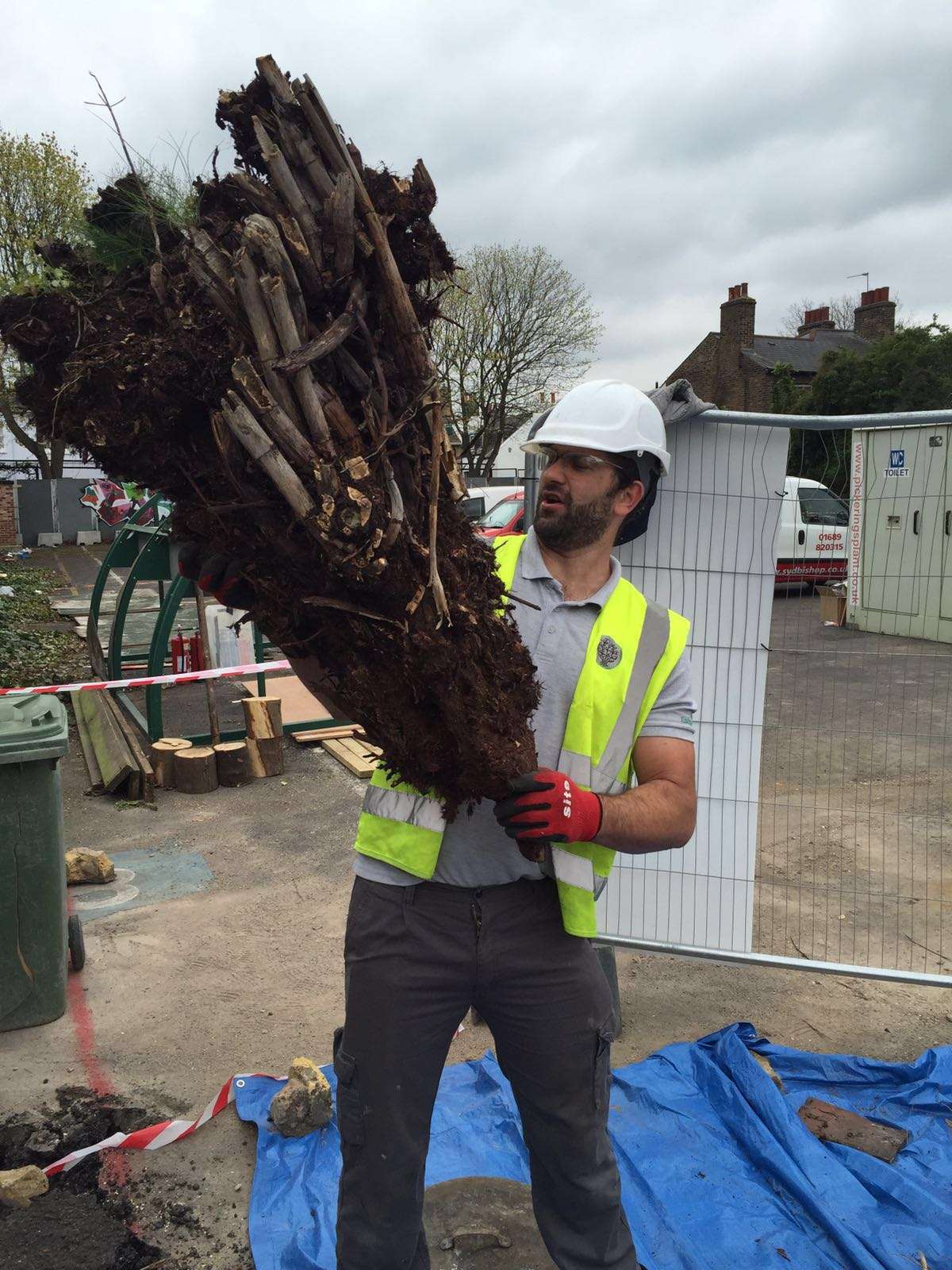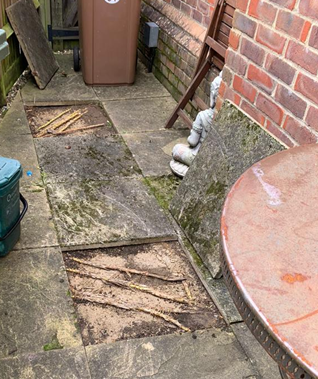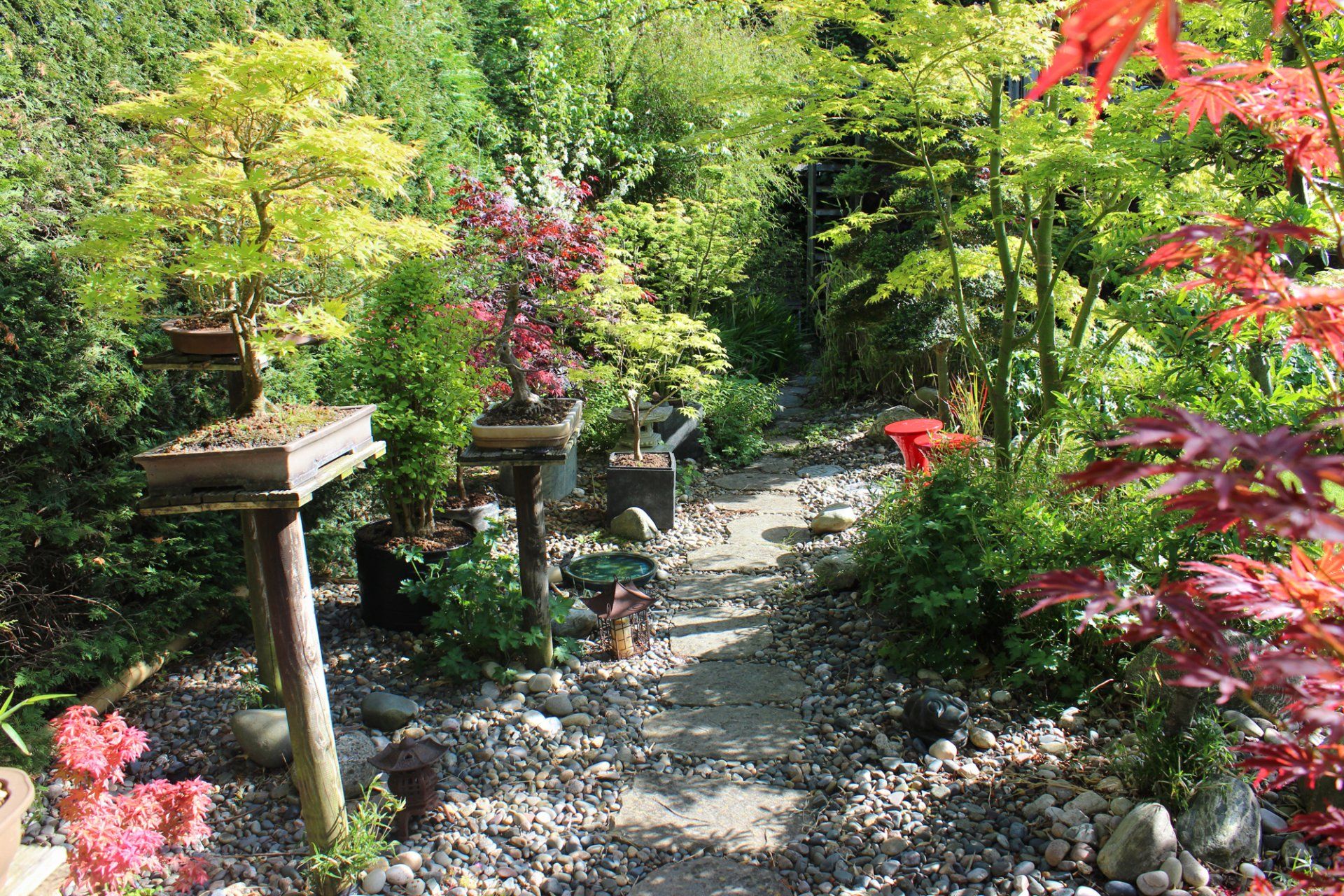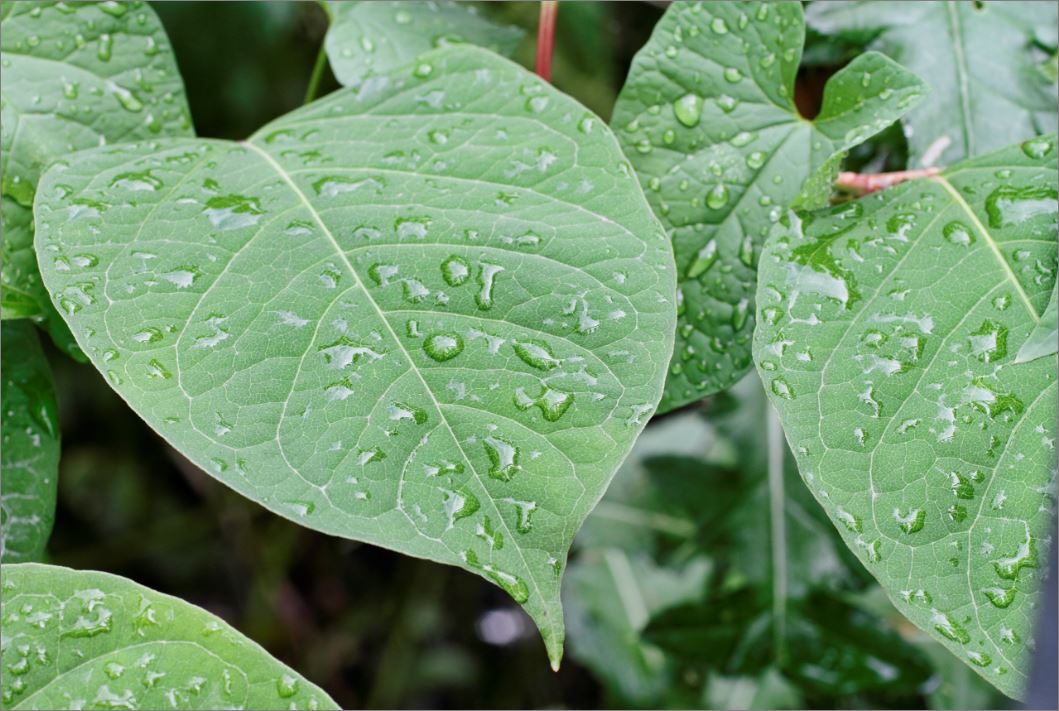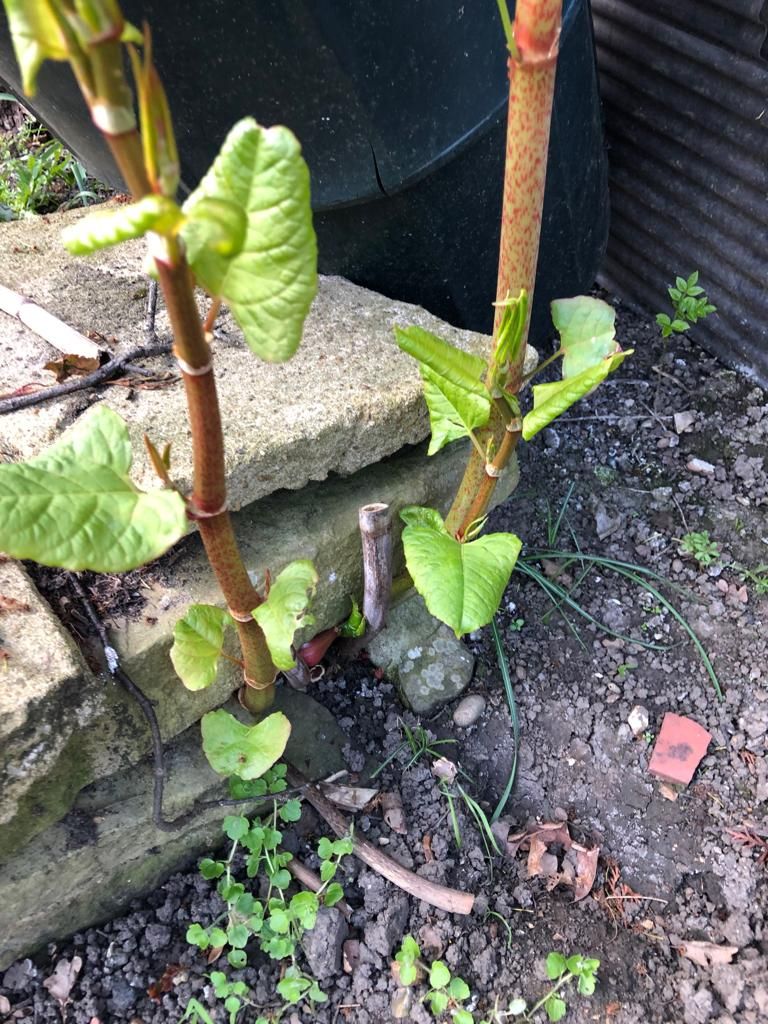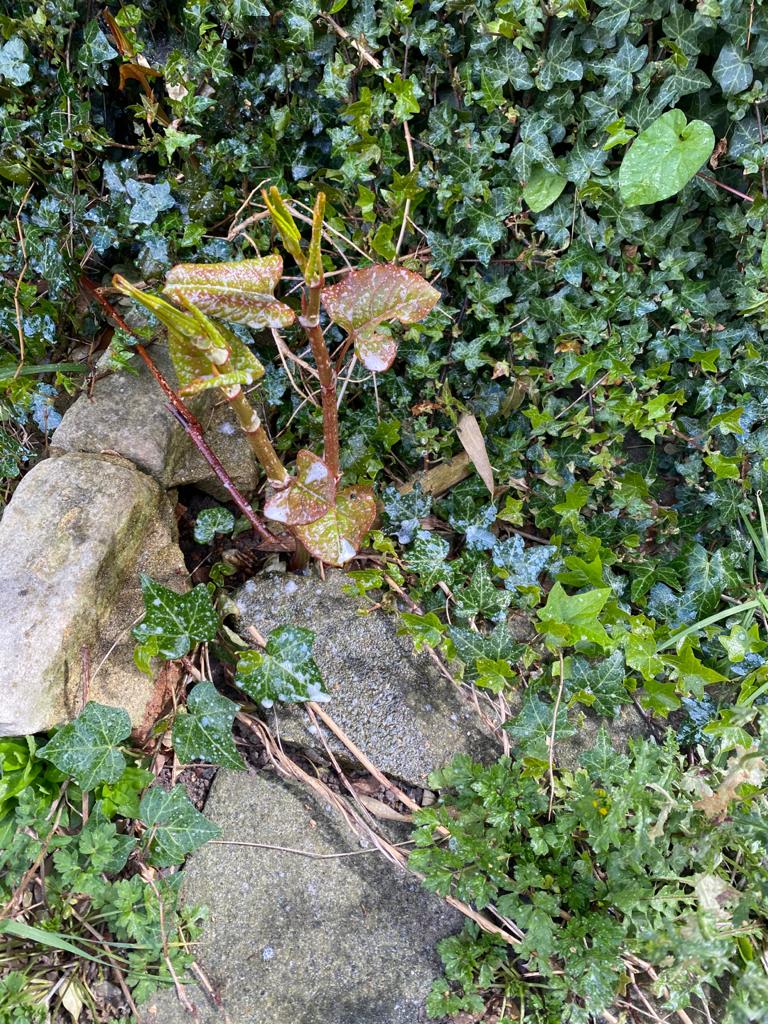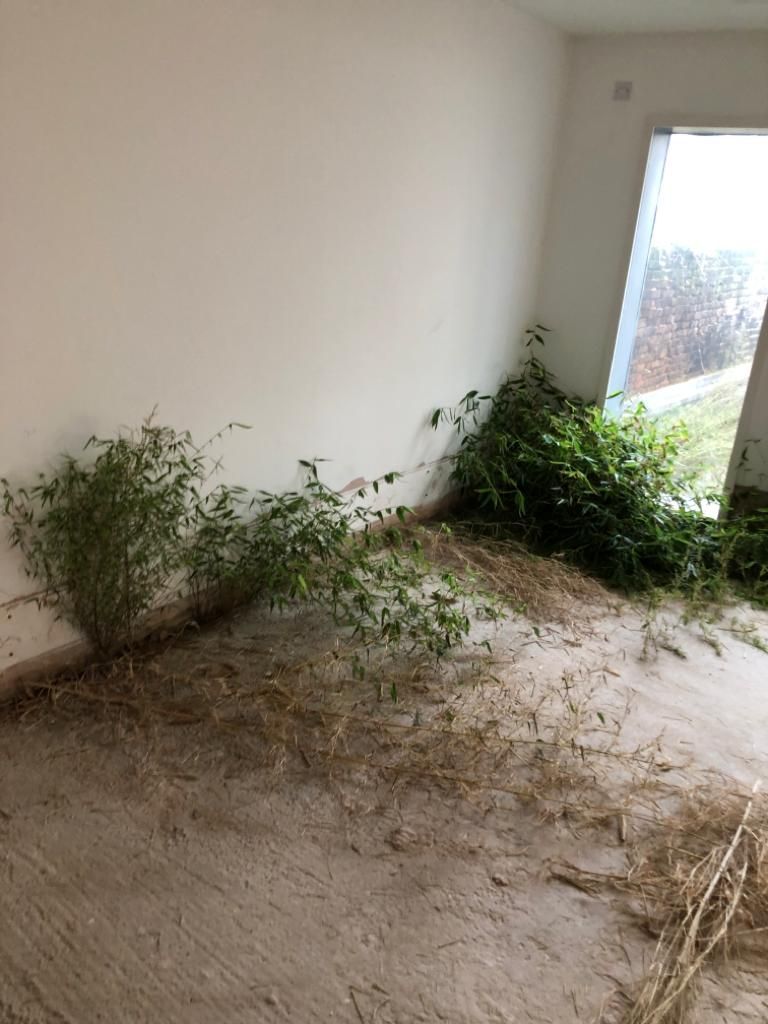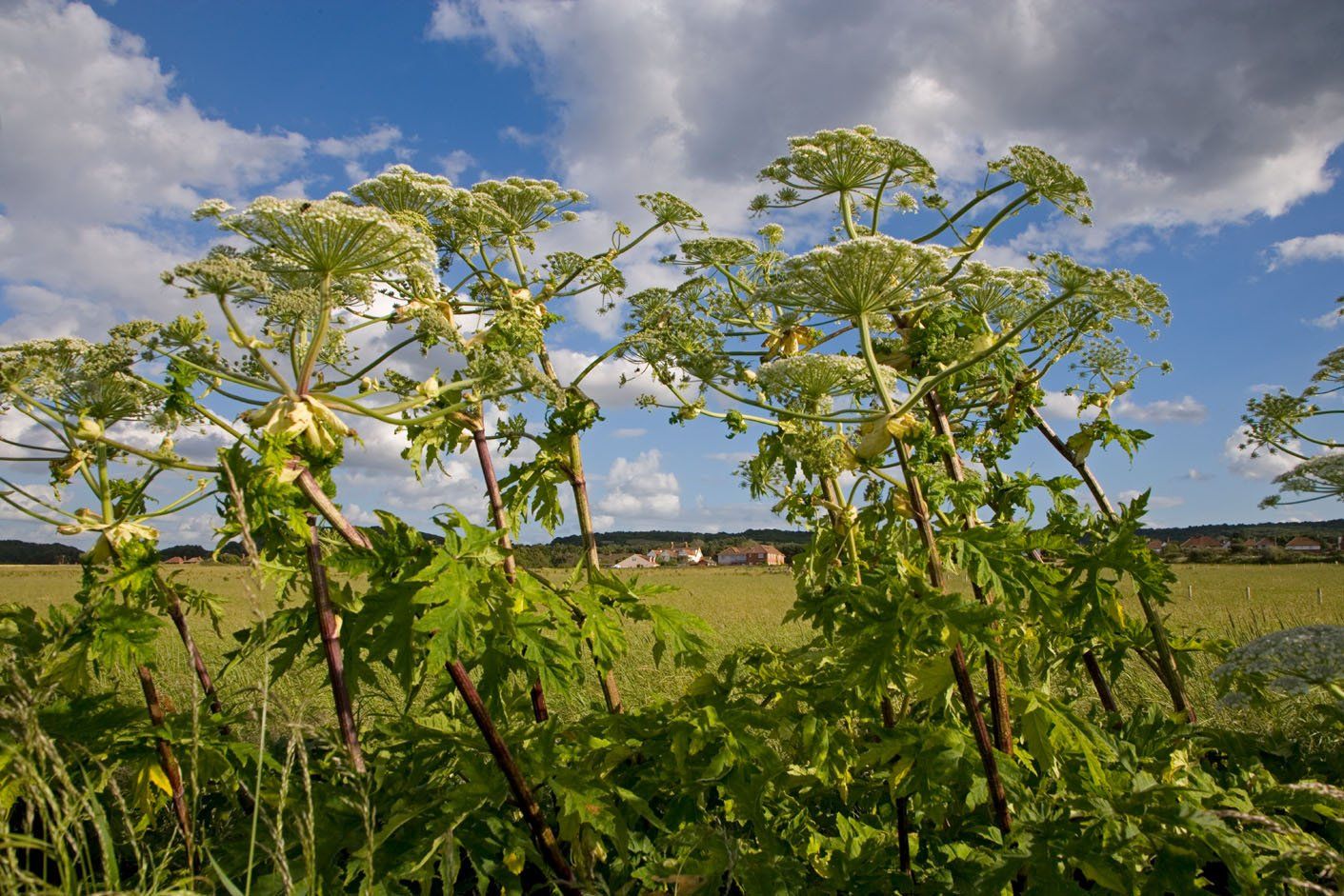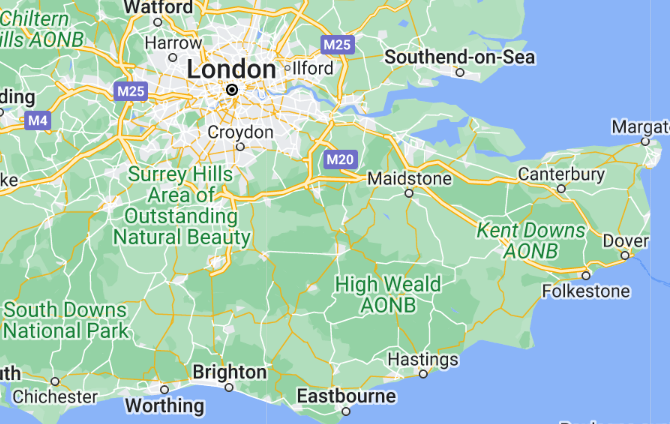What Types of Invasive Plant Species Can Infest Your Garden?
Invasive plant species are plants that are dangerous to the local flora. They’re non-native or come from another country or area and they rapidly take over gardens and other plants. In the UK, it’s against the law to propagate invasive non-native plants in the wild and for good reason.
What Damage Can Invasive Plant Species Cause?
The biggest issue with invasive plant species is that they smother and block out the native flora. Other plants are prevented from growing by the new plant, in a variety of ways. Some invasive plants will choke out other plants by actually growing over them. Others produce chemicals that kill or weaken the plants nearby. And some simply grow faster than the native plants and block out the sun and take the available nutrients.
Why is this a problem? Because it allows these new plants to take over large spaces very rapidly. They kill off more and more native plants and eventually cover the area, eliminating the natural biodiversity in the area. They also eliminate the homes of many insects and birds, as well as their food source in some cases.
Where Do Invasive Plant Species Come From?
Often, these plants were brought in from another country. The main issue is that these plants may have had natural boundaries and insects that kept them from spreading too rapidly in their native environment. However, once they’re taken out of that and planted in a new environment without those natural inhibitors, they can grow rapidly.
It’s very important not to bring seeds or plants from another country or area. There is a good reason for the restrictions provided at borders and checkpoints.
While the majority of invasive non-native plants were brought in over a century ago, they are still ravaging the countryside. Nearly all of them were chosen as decorative plants that would be grown in gardens, but once they escaped these confines, the plants began to take over.
How These Plants Spread
Unfortunately, it’s very common for invasive species to take over entire swaths of countryside, which is why there are rules surrounding their use. While you can have invasive plants in your garden, it’s best to keep them well contained. They spread very easily, due to their invasive nature.
Different plants grow differently, but they tend to spread by:
- Producing chemicals that depress growth in plants nearby
- Grow deep root systems that overpower other root systems
- Create numerous seeds that are spread by animals and birds
- Grow rapidly via rhizomes
- Grow easily from small shoots or bits of root
Due to these conditions, it’s important that any garden waste and soil is properly treated to prevent the spread of these species. This often means burning them and proper disposal of the remains.
Even when you dig up the roots of an invasive plant, they may grow back from a tiny bit of the greenery that is still alive. This means that the plants can be rather difficult to eliminate and they’re troublesome to get rid of once you have pulled them out of the garden. There are special regulations for how to dispose of the assorted types of invasive plant species so they don’t end up spreading any further.
Types of Invasive Plant Species in the UK
You will find that every country has its own invasive species, but in the UK, there are three main problematic plants. These include:
Japanese Knotweed
This plant grows from rhizomes or underground stems. It was brought from Japan as an ornamental plant, but rapidly became an invasive non-native species. It grows very rapidly and can reach over 2 metres in height with large leaves. It shades the surrounding area and prevents other plants from growing.
While Japanese knotweed does die back each year, the rhizomes keep growing and new plants will pop up again in the spring. Even the smallest piece of rhizome can grow a whole new plant, which will rapidly grow out of control. While you can legally have this plant in the garden, you have to control it so it doesn’t spread to other gardens or into the wild.
The rhizomes are considered a controlled waste and they have to be thrown away according to specific protocol or burned. It can be nearly impossible to dig it completely out and chemical control for killing Japanese knotweed is difficult, too.
Himalayan Balsam
This invasive species first arrived in the UK in the mid-1800’s. It can be found throughout the UK on riverbanks or in areas where the ground has been disturbed. Featuring explosive seed pods, the plants scatter up to 800 seeds over 7 metres from the plant. Since they’re often found by rivers, the seeds are carried along to a suitable point for growth and the cycle continues.
Himalayan balsam tends to smother any other plants in the area, which is why it’s invasive. However, it is also hard to get rid of. This is easier to do when the plant has yet to produce seeds. In some cases, chemical weed killers may be used for Himalayan balsam removal.
Giant Hogweed
Giant hogweed was brought from Central Asia as an ornamental plant, thanks to its lovely height and white flowers. However, once the plant escaped, it rapidly adapted to the local climate and can now be found nearly everywhere in the UK. It tends to grow alongside rivers and streams, so it can drop seeds into the water to be carried away.
Giant hogweed has an unpleasant sap that can cause burns and blisters due to photosensitivity. It also produces around 20,000 seeds that can self-fertilise and rapidly grow, taking over areas that were previously planted with native plants. This plant is now prohibited from being grown in a garden. Removing it requires special equipment to protect against the sap.
Removing Invasive Species
Eliminating an invasive species can be difficult. First, you must be sure to remove every part of it, which is difficult to do, particularly when killing Japanese knotweed. It can come back from a tiny piece of rhizome and then rapidly spread elsewhere. This means every last speck of the roots must be removed in order to be successful, or otherwise destroyed.
The seeds are also a problem in plants that produce them. You’ll need to tackle this problem before the plant reaches maturity and begins to produce seeds. In many cases, you will need to place the plants in a metal or concrete container where they cannot grow again and find roots. Then, once the plants are dry, you can burn them to eliminate the possibility of regrowth.
Some people prefer to use chemicals and weedkiller, but these have their own issues. Not all are safe for the soil, so do your research carefully. You may be able to kill some species by cutting them down and then applying the chemicals to the cut stem. This allows the poison to penetrate deep enough that it may even kill off the roots.
For many people, the ongoing battle with the plants that are difficult to eliminate is a frustrating one. They may end up hiring outside help just to manage it all.
A company that specialises in removing invasive plant species will be useful in eliminating common plants that take over. The earlier you bring them in, the faster they’ll be able to eliminate the plants. For most, this is a long-term job and they’re quite confident and skilled in removing and permanently eliminating non-native invasive plant species.
Do you have an invasive plant in your garden or on your property? Do you need help eliminating it? Contact
Gaia Environmental
today so we can help you with everything from killing Japanese knotweed to Himalayan balsam removal. We can give you a quote and get rid of those nasty plants for you.


